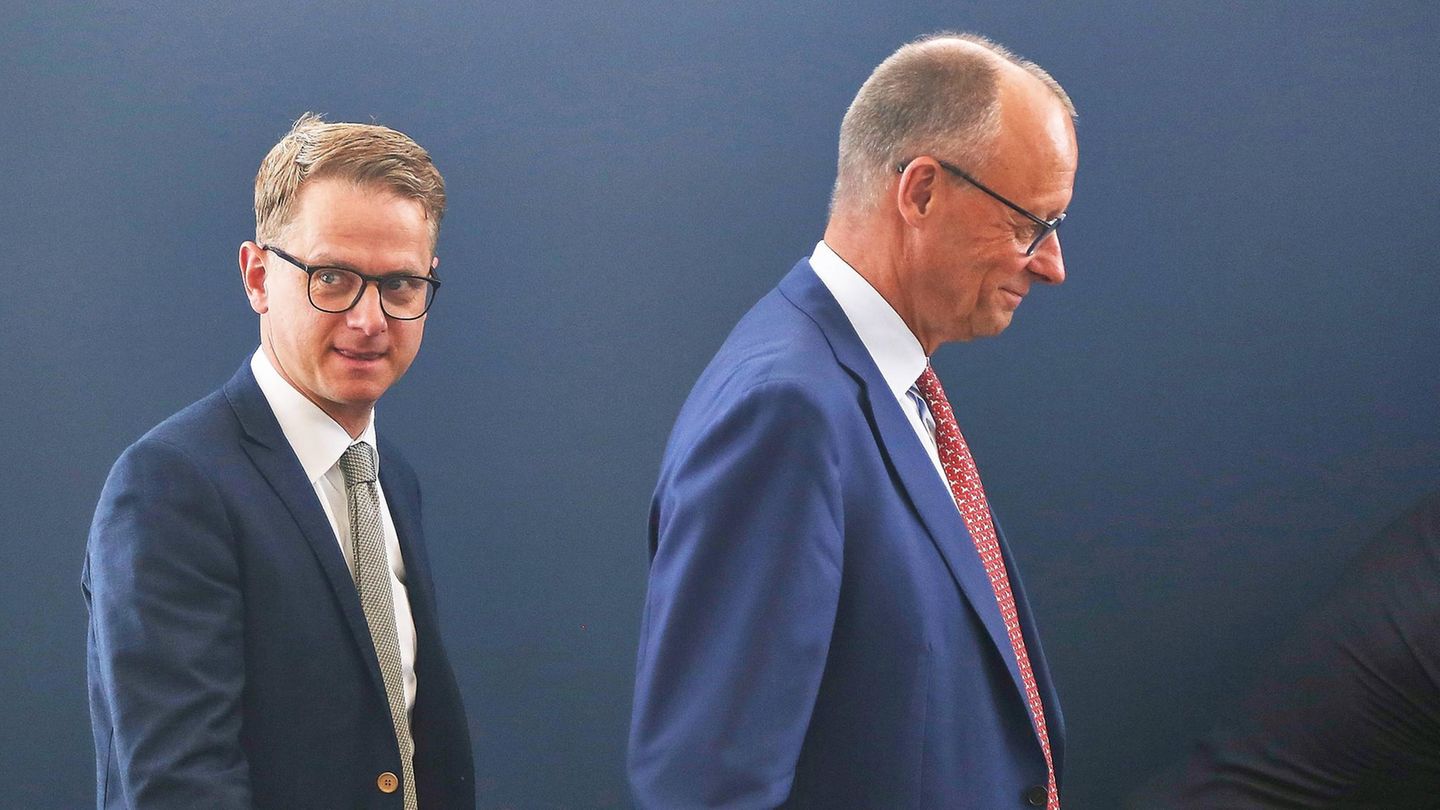In an economic scenario that presents constant challenges for the retail trade, The commercial premises market in Buenos Aires is holding on as best it can.
Despite the decline in purchasing power and high inflation, merchants and entrepreneurs continue to bet on strategic locations that allow them to maximize exposure and ensure profitability.
The value of strategic locations
According to a report by the consulting firm Newmark, The premises in high traffic areas such as Palermo Soho and the Microcentro of the City of Buenos Aires continue to be in demandAmid an uncertain economic climate, retailers have realized that location can make a big difference in the performance of their businesses.
The study highlights that Demand for premises has remained strong thanks to strategies designed to attract consumers with purchasing power, as well as tourists visiting the city.In areas with high traffic, merchants opt for visible and accessible locations, allowing them to minimize the impact of the general drop in consumption.
The Newmark report also notes that retailers are improving customer experience as a way to attract and retain consumers. This includes everything from creating attractive environments to implementing strategic alliances with financial institutions that facilitate obtaining lines of credit to improve stores or expand operations.
Challenges and opportunities in an inflationary context
Throughout the first half of 2024, the Argentine economy has been marked by accumulated inflation of almost 80%. This has particularly affected the housing, water, electricity, gas and other fuel sectors, while the food and beverage sector has maintained relatively stable demand. However, some sectors have shown signs of recovery, such as restaurants and hotels, which grew by 6.3% in June.
In this context, commercial premises operating in high-traffic areas such as Caballito and Av. Santa Fe have continued to be profitable. According to the study, vacancy in the capital has decreased to 3.6%, suggesting an improvement in demand for premises.
The average rental price stood at 23.2 dollars per square meter per month, reflecting a decrease compared to previous periods. However, this decrease in prices is associated with the availability of premises adapted to current market demands.
Main commercial corridors in Buenos Aires
During the first half of 2024, some key trade corridors have shown solid performance:
- Cabildo Avenue (1600-3300): With a vacancy rate of 4.1% and an average rental price of 21.3 USD/m²/month, this avenue remains one of the most important for commerce. Fashion and textiles occupy 39% of the premises, while the home and bazaar sector represents 18%.
- Calle Florida (0-1000): This corridor showed a slight recovery with a vacancy rate of 7.2% and a price of 14 USD/m²/month. Fashion and textiles dominate with 52% occupancy, but the presence of international brands is gaining ground.
- Santa Fe Avenue (between Callao and Pueyrredón): With a vacancy rate of 2.8% and a price of 29.1 USD/m²/month, this corridor remains one of the most coveted. Fashion and textiles dominate with 42% occupancy, while the home and bazaar sector represents 17%.
Demand for premises in other corridors such as Caballito and Palermo Soho also continues to grow, driven by the strong presence of fashion and gastronomy brands.
The future of retail in Buenos Aires
Looking ahead, retail is expected to continue to face challenges, but with the possibility of new opportunities emerging. Demand for premises in strategic corridors remains strong, which could continue to drive a decline in vacancies and a progressive recovery of the market.
As retailers adopt more efficient strategies, such as digitizing their operations and implementing loyalty programs, greater innovation in customer experience is also expected. This combination of factors could allow the sector to better adapt to the economic crisis and remain competitive in an environment of high inflation and falling consumption.
Source: Ambito
I am Pierce Boyd, a driven and ambitious professional working in the news industry. I have been writing for 24 Hours Worlds for over five years, specializing in sports section coverage. During my tenure at the publication, I have built an impressive portfolio of articles that has earned me a reputation as an experienced journalist and content creator.




